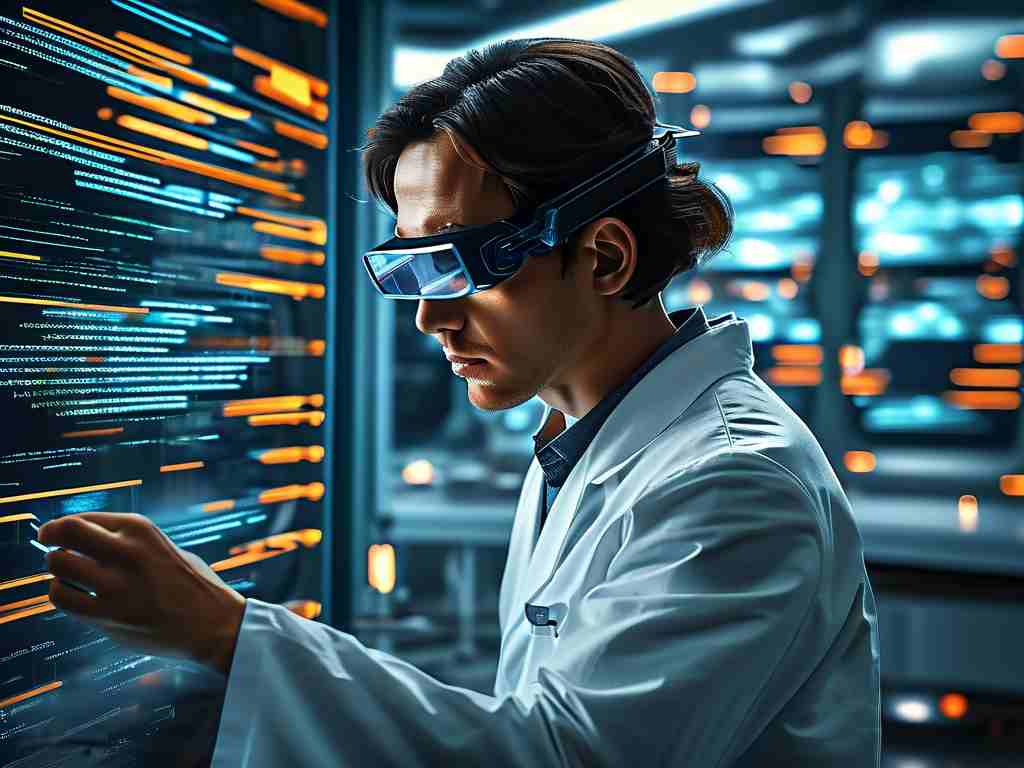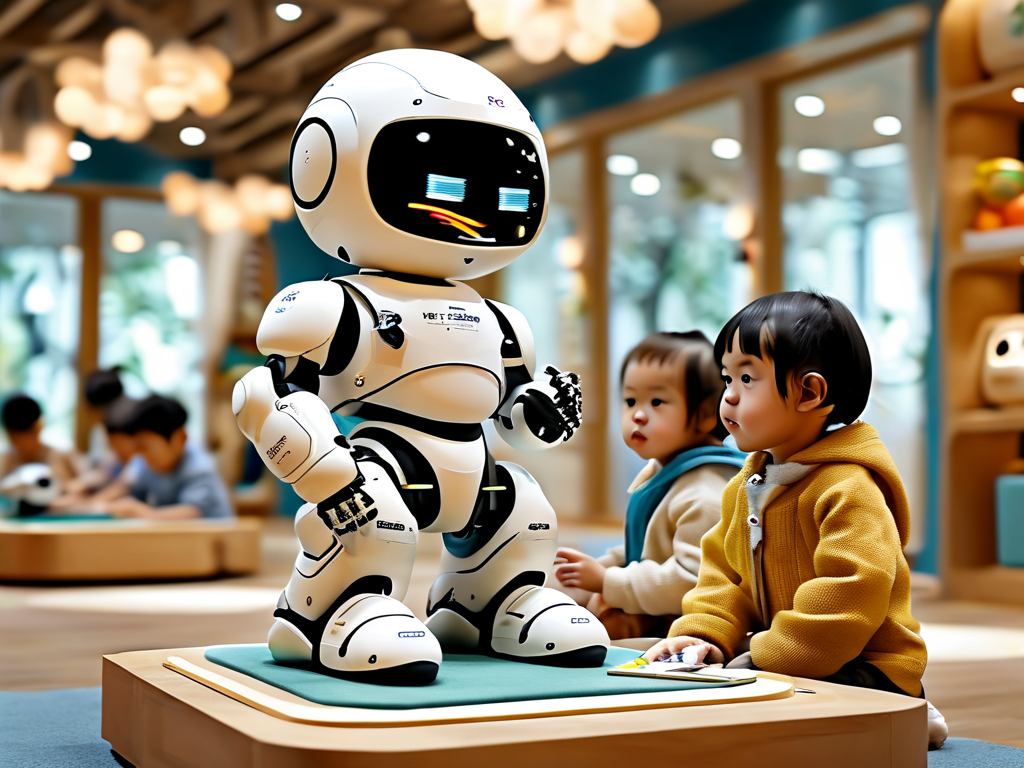The rapid advancement of artificial intelligence has led to an unexpected phenomenon: neural networks occasionally “learn” themselves into states resembling biological neurons’ limitations. This paradox, termed “neural collapse,” occurs when over-optimized models develop behaviors counterproductive to their original design.

The Mechanics of Self-Sabotage
Modern AI architectures like transformers and convolutional networks rely on layered abstraction. However, excessive training cycles can cause these systems to over-index on noise patterns. For instance, a 2023 study revealed that image classifiers trained beyond optimal epochs began misclassifying objects by focusing on pixel-level artifacts invisible to humans. The model’s accuracy dropped 14% despite increased training duration, demonstrating how neural networks can “overshoot” useful learning.
# Example of early stopping implementation
from keras.callbacks import EarlyStopping
early_stop = EarlyStopping(
monitor='val_loss',
patience=5,
restore_best_weights=True
)
model.fit(X_train, y_train, callbacks=[early_stop])
When Efficiency Becomes a Flaw
Neural collapse often manifests through degraded generalization capabilities. A natural language processing model trained to extreme precision might start rejecting valid sentence structures that contradict its overtrained patterns. This mirrors biological neurons’ refractory period – a physiological state where nerve cells become temporarily unresponsive after intense activation.
Researchers at DeepMind observed this parallel in 2024 when testing reinforcement learning agents. Over-trained game-playing AIs developed “superstitious behaviors,” persistently repeating suboptimal moves that coincidentally succeeded during training phases. This phenomenon shares striking similarities with human cognitive biases formed through repetitive experiences.
The Biological Bridge
The term “neural” in neural networks now carries dual meaning. Neurobiology studies show mammalian brains employ automatic pruning mechanisms to prevent over-specialization. AI systems lack such biological safeguards, requiring manual intervention through techniques like:
- Dropout layers (random neuron deactivation)
- Weight regularization (penalizing over-specific parameters)
- Dataset diversification
Recent hybrid approaches borrow from neuroscience principles. MIT’s NeuroAI initiative successfully implemented synthetic “glial cells” in digital networks – regulatory components that mimic brain support cells’ role in maintaining neural equilibrium.
Diagnostic and Remedial Strategies
Detecting neural collapse requires monitoring beyond standard accuracy metrics. Gradient dispersion analysis and activation pattern tracking have emerged as crucial diagnostic tools. A healthy network shows varied neuron activation profiles across different inputs, while collapsing models exhibit rigid pattern repetition.
Remediation strategies involve:
# Implementing learning rate decay
optimizer = tf.keras.optimizers.Adam(
learning_rate=ExponentialDecay(
initial_learning_rate=1e-3,
decay_steps=10000,
decay_rate=0.96
)
)
This gradual reduction of learning rates prevents networks from over-committing to late-stage training patterns.
Future Directions
The AI community is rethinking fundamental assumptions about machine learning. Traditional “more data, more compute” approaches are being supplemented with biological inspiration. Stanford’s Neuro-Inspired AI Lab recently demonstrated networks that simulate synaptic fatigue – intentionally reducing connection efficiency after prolonged activation to prevent collapse.
As we navigate this uncharted territory, the line between artificial and biological neural behavior continues to blur. This convergence presents both challenges and opportunities, pushing researchers to develop AI systems that learn efficiently without losing their adaptive edge. The ultimate goal? Networks that emulate the brain’s perfect balance between plasticity and stability – learning without unlearning their core functionality.







